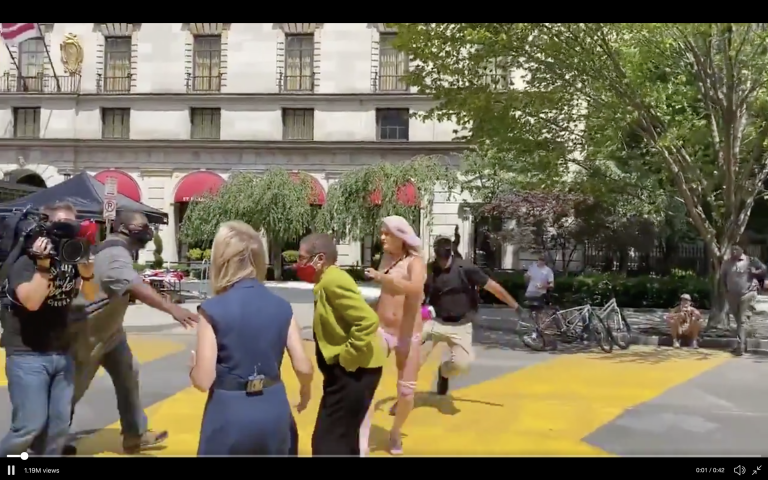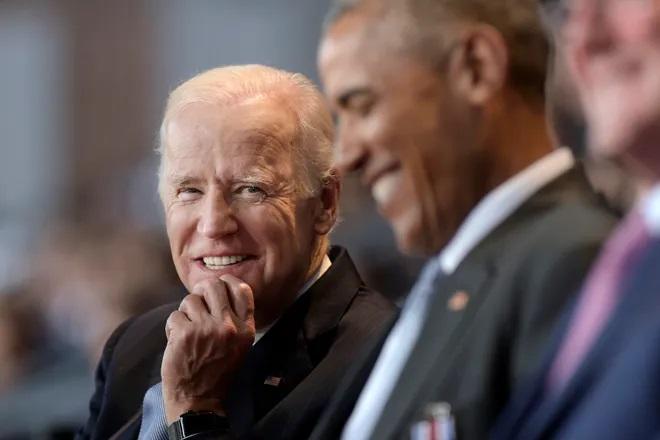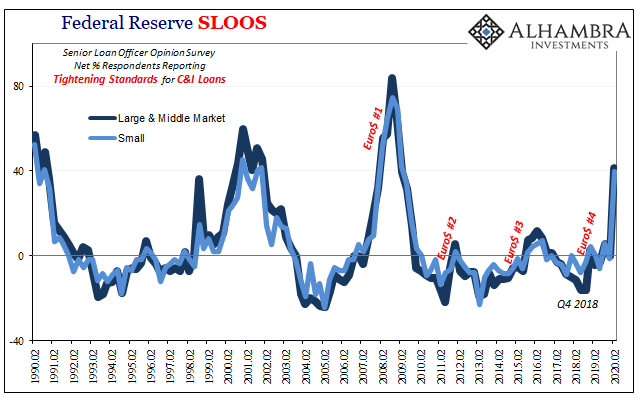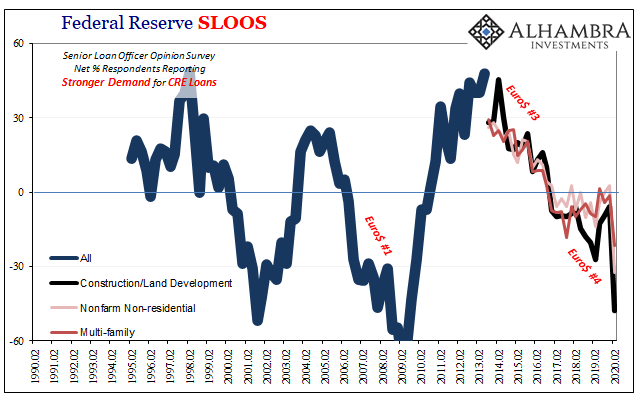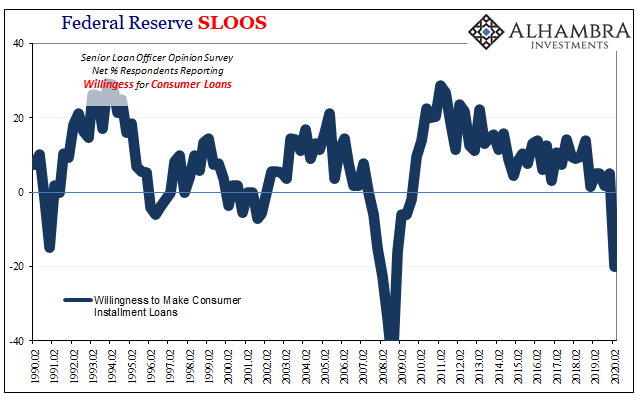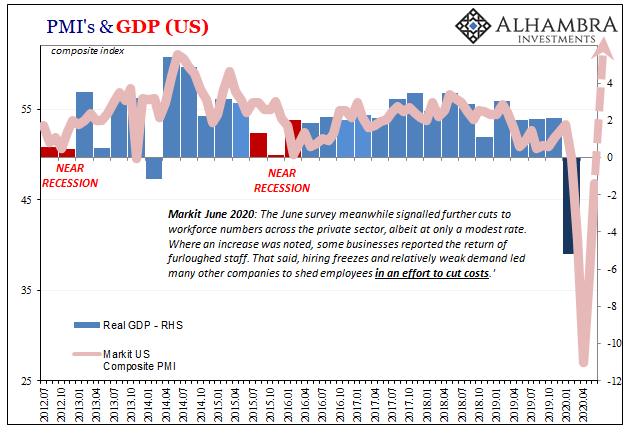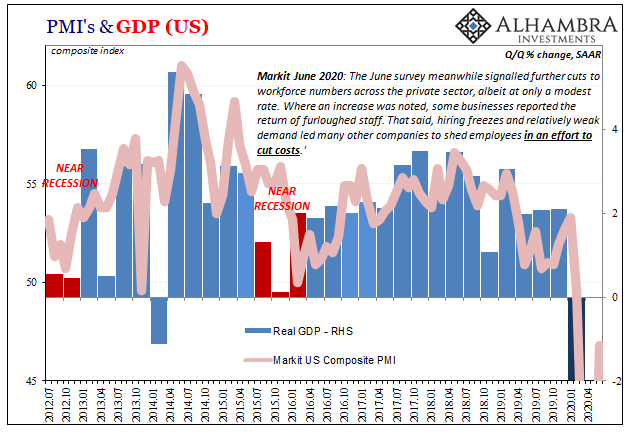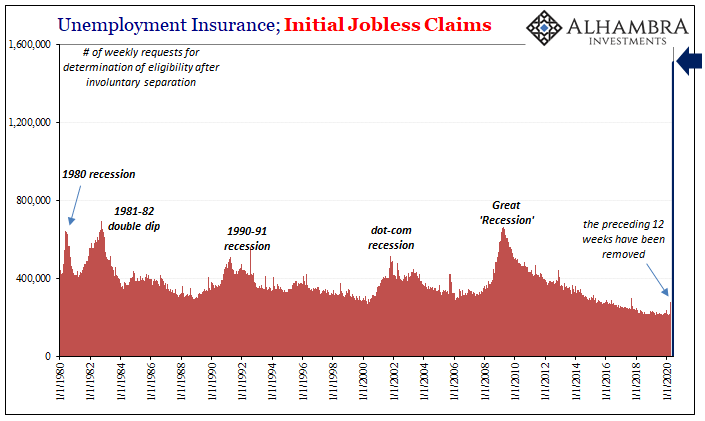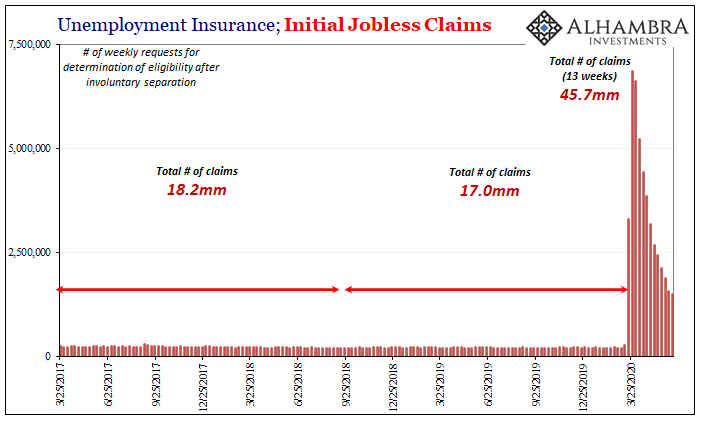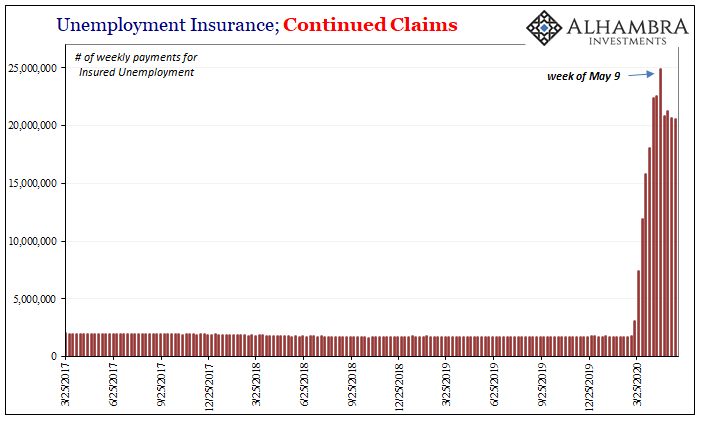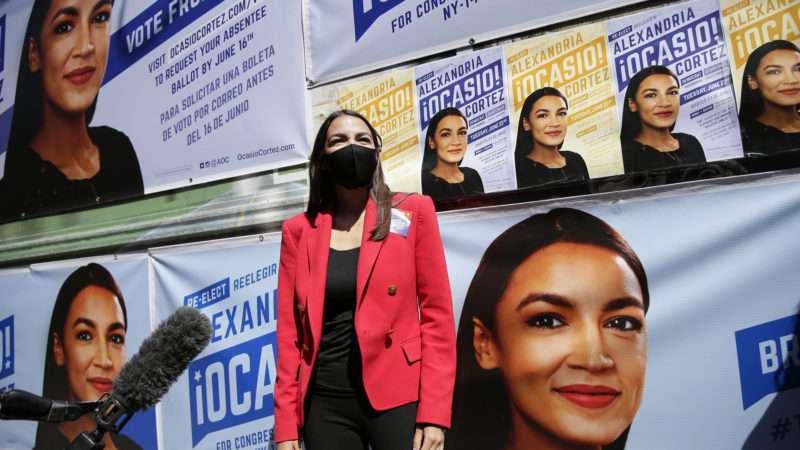Today the D.C. Circuit granted Michael Flynn’s petition for a writ of mandamus, ordering District Judge Sullivan to grant the government’s motion to dismiss the criminal case against Flynn. Judge Rao, joined by Judge Henderson, concluded that District Judge Sullivan erred in appointing an amicus to defend continuation of the Flynn prosecution and in scheduling a hearing on the Government’s motion. For more background on the case, see my post here and Jonathan’s post here.
The critical legal issue is the district judge’s role, under Federal Rule of Criminal Procedure 48(a), in deciding whether to grant “leave of court” for the Government to dismiss a criminal case. Judge Sullivan had taken an expansive view of his role, even appointing an amicus (distinguished retired District Judge John Gleeson) to argue against the Government’s unopposed motion to dismiss. The majority found this appointment a “troubling indication” of the district court’s “mistaken understanding” of its role in ruling on an unopposed Rule 48(a) motion:
Whatever the extent of the district court’s “narrow” role under Rule 48(a), see Fokker Servs., 818 F.3d at 742, that role does not include designating an advocate to defend Flynn’s continued prosecution. The district court’s order put two “coequal branches of the Government … on a collision course.” Cheney, 542 U.S. at 389. The district court chose an amicus who had publicly advocated for a full adversarial process. Based on the record before us, the contemplated hearing could require the government to defend its charging decision on two fronts—answering the district court’s inquiries as well as combatting Gleeson’s arguments. Moreover, the district court’s invitation to members of the general public to appear as amici suggests anything but a circumscribed review. This sort of broadside inquiry would rewrite Rule 48(a)’s narrow “leave of court” provision.
The majority’s conclusion on the impropriety of appointing an amicus seems correct to me. In discharging his leave-of-court obligations, the district judge had no need to enlist advocates for a particular conclusion, particularly where the judge was well familiar with the details of the case.
The majority, however, stands on weaker footing in concluding that the district judge could not even hold a hearing on the dismissal motion. As Judge Wilkins explained in his dissent,
it is not inconsistent with the separation of powers for a district court to conduct regular proceedings and afford consideration to a motion, even if the eventual grant or denial of the motion might intrude on the Executive’s exercise of his prosecutorial discretion. Again, this is not a case where we are being asked to decide whether the district judge may call the prosecutor to the stand or whether a Rule 48(a) motion may lead to an evidentiary hearing. This is a case about whether a district judge may even hold a hearing on a Rule 48(a) motion. While the selective-prosecution context is admittedly different than Rule 48(a), these cases nonetheless contradict the majority’s conclusion that holding a hearing, in and of itself, is a per se improper intrusion upon executive power. If the presumption of regularity does not prevent holding a hearing or independently examining prosecutorial discretion in the selective-prosecution context, there is no good reason why the presumption of regularity precludes a hearing on a motion to dismiss under Rule 48(a), disallowing any consideration whatsoever and forbidding the district court from expressing its views on the record with respect to its previous findings on materiality and guilt—all in the name of the separation of powers.
The majority rebutted this conclusion, arguing that “[t]his is not a case about whether ‘a district judge may even hold a hearing on a Rule 48(a) motion.’ Rather, it is about whether, after the government has explained why a prosecution is no longer in the public interest, the district judge may prolong the prosecution by … probing the government’s motives. On that, both the Constitution and cases are clear: he may not.”
The Constitution and the cases are not “clear” on this subject. Indeed, the majority’s reading of Rule 48(a) essentially turns it into a dead letter. Rule 48(a) specifically envisions some role–albeit a limited one–for the district court in evaluating motions to dismiss. It is hard to understand how the mere holding of a hearing on whether to grant leave of court is such an extraordinary abuse of power to warrant granting a writ of mandamus. On this point, I agree with former Judge Michael Luttig, who wrote in a prescient op-ed last month in the Washington Post that “[i]f the court of appeals were to order Sullivan to dismiss the case now, the full appeals court or, if not, the Supreme Court, should reverse that error.”
In venturing my conclusion that the district judge should have been allowed to hold a hearing, I don’t mean to comment on the ultimate merits of the underlying motion to dismiss from the Government. Indeed, if anything it sounds like the arguments favoring dismissal may have only grown stronger since the Government filed its motion. News reports yesterday suggest that additional exculpatory notes from Peter Strzok have surfaced recently that only further undercut the Government’s criminal case.
But the process is important here. Rule 48(a) requires “leave of court” before the Government can dismiss a case. And that leave-of-court requirement exists not only for protecting defendant’s interests (as the majority opinion discusses) but also for protecting other interests, such as those crime victims (as the majority does not substantively discuss). As I explained in my earlier post on this case,
for the reasons I wrote about long ago in my earlier law review article, I continue to believe that judges should always be required to consider a crime victim’s views before dismissing a case. It may well be that most Government dismissal motions continue to be granted, even when a victim objects. But as a procedural matter, consideration of the victim’s view ensures greater fairness–and certainly greater perceived fairness–in the process.
This conclusion is reinforced by the drafting history of Rule 48(a), recently summarized nicely in a short, on-line piece by Thomas Frampton. As he explains, “Rule 48(a)’s ‘principal object’ was never ‘to protect a defendant against prosecutorial harassment,’ Rinaldi v. United States, 434 U.S. 22, 30 n.15 (1977) (per curiam). Rather, it was implemented to give district judges a modest means of safeguarding the public interest when evaluating a motion like the one that has been filed in United States v. Flynn.”
Other circuits have taken a more expansive view of the role of district judge’s under Rule 48(a) than did the D.C. Circuit today. I wouldn’t be surprised to see further review of this divided opinion–which essentially reads Rule 48(a)’s long standing leave-of-court requirement out of the rules of criminal procedure.
from Latest – Reason.com https://ift.tt/2VvERS7
via IFTTT
